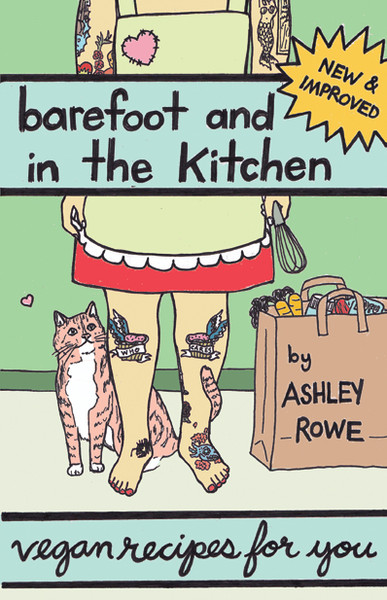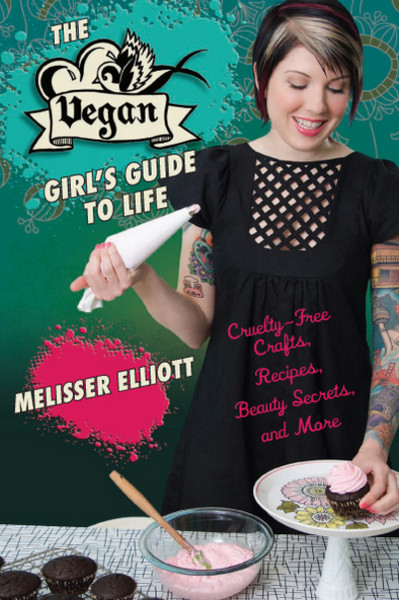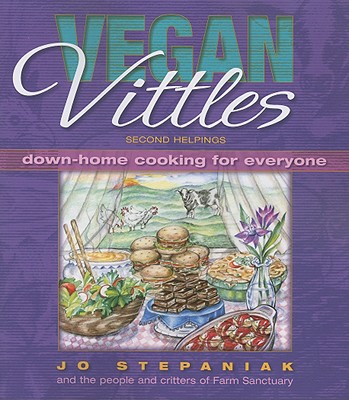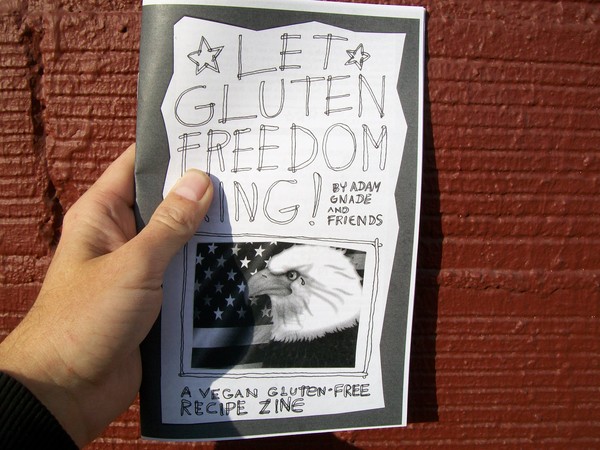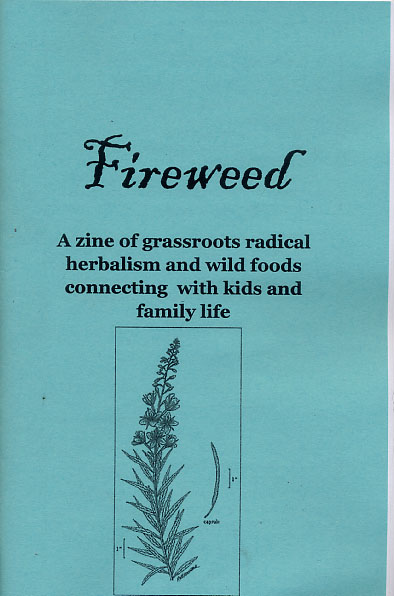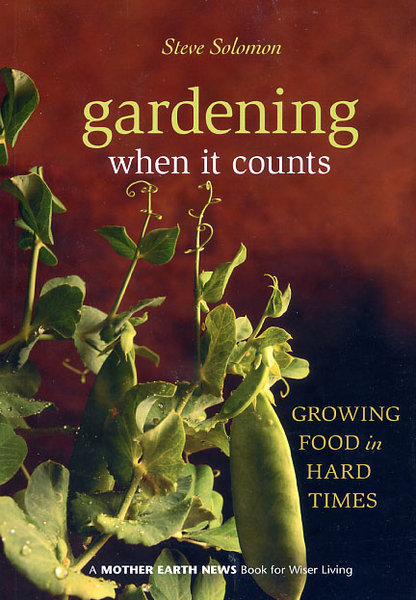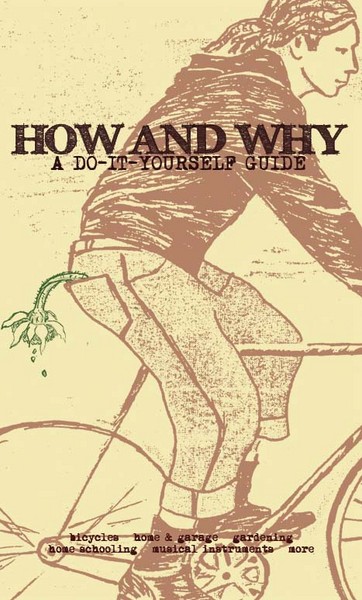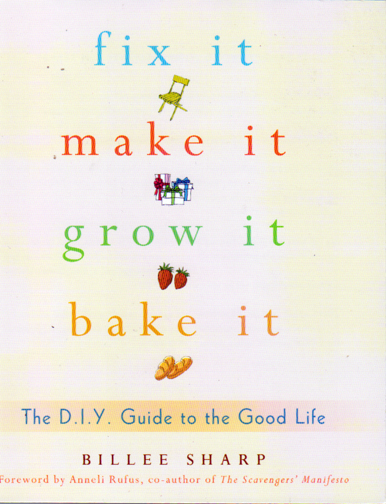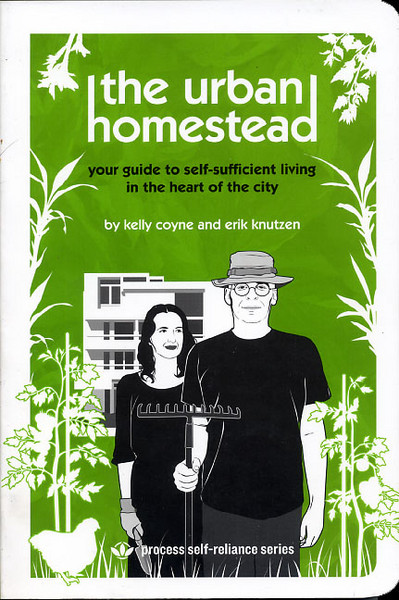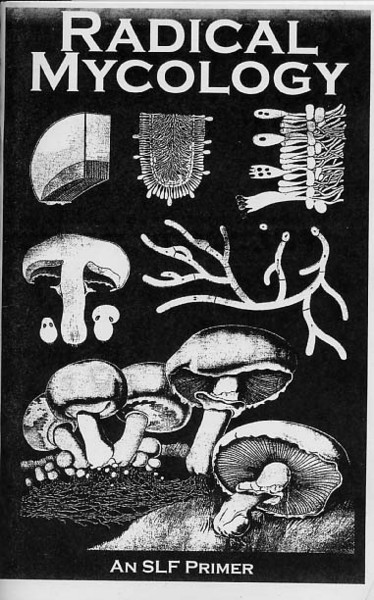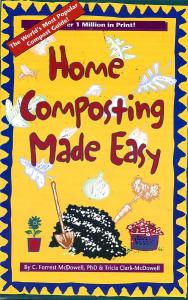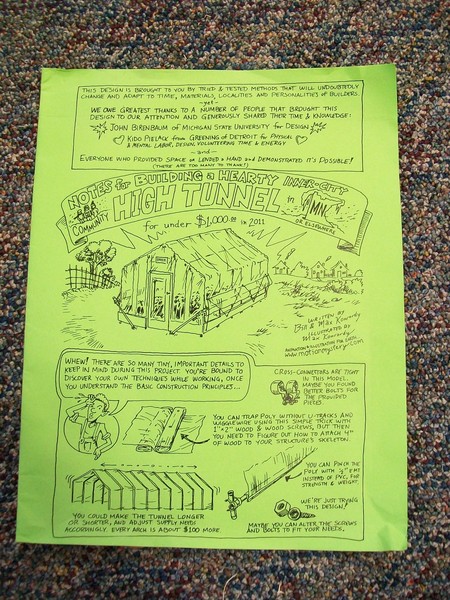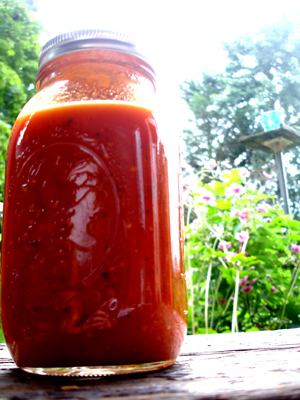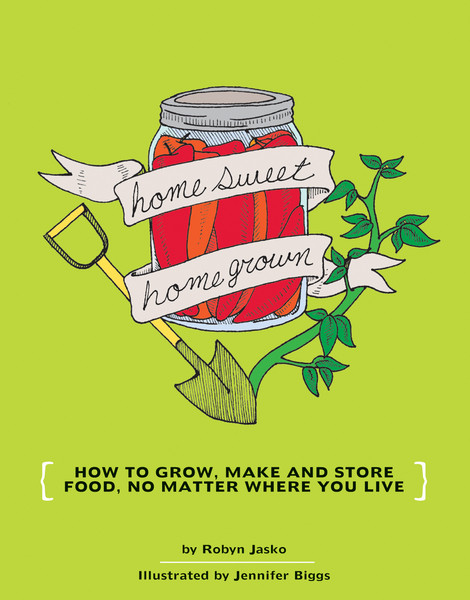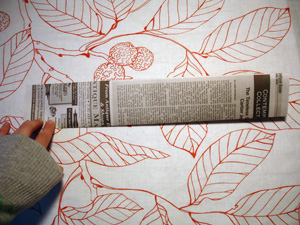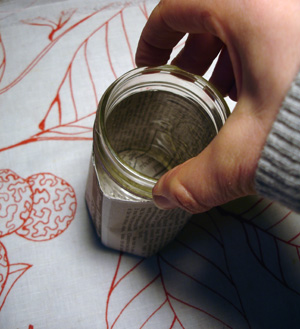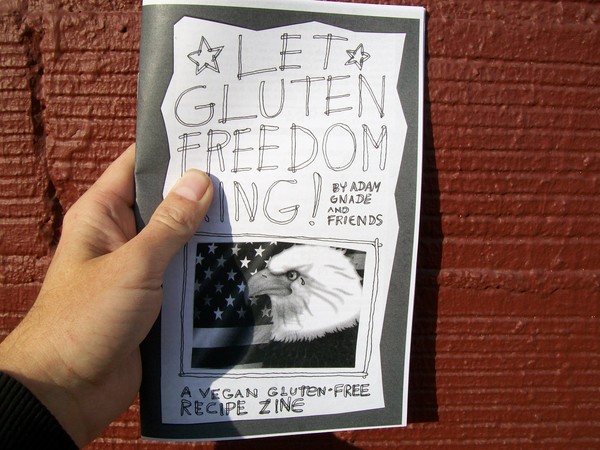Book List: Vegan Cookbooks and Cookzines! Part 3 of 3!
And, alas, we bid sad farewell to our Vegan Cookbooks and Cookzines Book List series. Here’s number one. Here’s number two. And, without further pomp and circumstance, three …
Generation V: The Complete Guide to Going, Being, and Staying Vegan as a Teenager
Going vegan is the single most important thing you can do if you want to get serious about animal rights. Yet, going vegan isn’t always easy when you’re young. You’re living under your parents’ roof, you probably don’t buy your own groceries, and your friends, family, and teachers might look at you like you’re nuts. So, how do you do it?In this essential guide for the curious, aspiring, and current teenage vegan, Claire Askew draws on her years of experience as a teenage vegan and provides the tools for going vegan and staying vegan as a teen. Full of advice, stories, tips, and resources, Claire covers topics like: how to go vegan and stay sane; how to tell your parents so they don’t freak out; how to deal with friends who don’t get it; how to eat and stay healthy as a vegan; how to get out of dissection assignments in school; and tons more. Whether you’re a teenager who is thinking about going vegan or already vegan, this is the ultimate resource, written by someone like you, for you. https://microcosmpublishing.com/catalog/books/3631/
Please Don’t Feed the Bears book
by Brad Misanthropic
In the vein of the classic Soy Not Oi cookbook, Please Don’t Feed The Bears compiles three issues of the previously self-published vegan cook zine with a range of tasty and simple animal-free dishes. The collection finally makes available these long-obscure fanzines originally published in the mid 1990s. Here you’ll find incredible recipes for stews, soups, sauces, noodle & bean dishes, baked entrees, deserts and more! There is also a fair smattering of new material bringing this to a whopping 160 pages of deliciousness! In the spirit of Soy Not Oi, these recipes are written to be simple, straightforward, and perfect for the newest convert to the vegan revolution! But far from bring just a vegan cookbook, Please Don’t Feed The Bears reads as a look into vegan lifestyle and underground culture. The book is thoroughly illustrated with eye-catching drawings and clearly laid-out graphics. In addition, the book also includes assorted rantings about music and the politics of leading a vegan lifestyle. Together the book provides easy-to-make and delectable recipes while reflecting the DIY punk rock sensibility of zine culture. https://microcosmpublishing.com/catalog/books/1785/
So Raw It’s Downright Filthy
by Joshua Ploeg
Let us not understate the might and magic of Joshua Ploeg’s cooking. The dude’s meals sparkle in your mouth; they burst and bloom; they explode and breakdance and pirouette! Joshua’s the “traveling vegan chef” and he is—as we speak, no less!—touring the world making insane-in-the-membrane multi-course DIY meals at shows and dinner parties. (You can book him right here! http://joshuaploeg.blogspot.com/) A wonderful follow-up to his third cookbook, In Search of the Lost Taste, this brand-new zine is Joshua’s take on raw food and it is llllllong awaited. Revel in the majesty of easy and cheap recipes like his Mushroom-Pear Salad with Five Spice. Give yourself a massive high five after fixin’ up his pho (which is pho-king great!). Go bananas with his green curry, his incredible Shitakesbury Steak, his OMG-worthy raw Shepherd’s Pie! Want some more? There’s more, much more: 28 slammin’ pages with tips on all-things raw, raw-related articles, and awesome-a-licious recipes like Garlic-Sunflower Pate, Cashew Sour Cream, Melon Gazpacho, and Gumbo! The raw diet does not have to mean a pile of wilted lettuce with lime squeezed over it or a handful of stinkin’ peanuts! The raw diet can be a party! https://microcosmpublishing.com/catalog/zines/3362/

How It All Vegan Book
by Tanya Barnard
Vegan recipes for such delights as bee pollen blue banana muffins, tofu jerky, vegan ice cream, chocolate cheese-free cake, and cosmetics, pet treats, even household cleaners. https://microcosmpublishing.com/catalog/books/848/

EXTRA! VEGAN BOOKS/ZINES THAT AREN’T QUITE BOOK/COOKZINES BUT STILL RULE
Garlic-Onion-Beet-Spinach-Mango-Carrot-Grapefruit Juice
by Nathalie VanBalen
“Garlic-Onion-Beet-Spinach-Mango-Carrot-Grapefruit Juice is a fresh, one-of-a-kind book designed to get a person’s mental juices flowing about compassion, vegetarianism, stereotypes, expectations, and (of course) juicing. Like the title, a lot of interesting ingredients get blended together in this book; and although it sounds funny, it sure gets one ‘pumped!’ (like the the main characters say). The story revolves around two characters who are super enthusiastic about juicing. They find a reference to using yellow spotted snail shells to make them strong and healthy (and it goes well with juice!), so they bag a bunch and prepare to add them to their special garlic-onion-beet-spinach-mango-carrot-grapefruit juice. One of their housemates firmly believes snail shells do not belong in juice and begins thinking about the snails’ perspective and models critical thinking, empathy, and compassion for the reader. She asks herself thoughtful questions, one of which is ‘How does it feel to be food?'” -VegBooks review Note: Also check out author Nathalie VanBalen’s vegan Thanksgiving coloring zine, Happy Thanksliving! https://microcosmpublishing.com/catalog/books/3719/

Vegan Freak Book: Being Vegan in a Non-Vegan World, Version 2.0
by Bob Torres
At one time or another, every vegan has felt like an outsider, even in places where they’re supposed to feel comfortable. This book is written to help you embrace your inner vegan freak. Written by people all along the continuum of veganism—there is a special focus towards young, independent minded, tattooed vegans. There’s practical tips, advice, stories, and comprehensive lists of resources, tips of keeping sane, being happy, and being healthy in a non-vegan world. Witty, opinionated, and eminently useful. The tone is refreshing compared and language to most books of this sort. Note: This edition includes revised, expanded, and updated material. https://microcosmpublishing.com/catalog/books/3766/
Green is the New Red: An Insider’s Account of a Social Movement Under Siege
by Will Potter
Like the Red Scare, this “Green Scare” is about fear and intimidation, using a word—”eco-terrorist”—to push a political agenda, instill fear and silence dissent. The animal rights and environmental movements directly threaten corporate profits every time activists encourage people to go vegan, to stop driving, to consume fewer resources and live simply. Their boycotts are damaging, and corporations and the politicians who represent them know it. In many ways, the Green Scare, like the Red Scare, can be seen as a culture war, a war of values.
Will Potter outlines the political, legal, extra-legal, and public relations strategies that are being used to threaten even acts of nonviolent civil disobedience with the label of “terrorism.” Here is a guided tour into the world of radical activism that introduces the real people behind the headlines and tells the story of how everyday people are being prevented from speaking up for what they believe in. https://microcosmpublishing.com/catalog/books/3625/
Happy Thanksliving! A Coloring Zine
by Nathalie VanBalen
This one is somethin’ special. Nathalie VanBalen’s Happy Thanksliving! is a coloring zine about having a vegan Thanksgiving! The fully illustrated zine is a friendly take on animal rights, beginning its running narrative with “We’re setting the table and chopping our veggies for a Thanksgiving feast tonight. We’re excited to say that this is our way to celebrate feeling just right. There isn’t a turkey on our table and we’re happy to tell you why–because turkeys are FRIENDS (like cats and dogs) and feathered friends must FLY!” This engaging, happy, good-hearted zine is perfect for radical kids and adults alike. VanBalen, author of the awesome Garlic-Onion-Beet-Spinach-Mango-Carrot-Grapefruit Juice, has done a good thing here and we’re stoked to have this on our site. We’ve only got a few of these so jump on this while it’s HOT! Get those crayons and colored pencils ready! https://microcosmpublishing.com/catalog/zines/3716/
